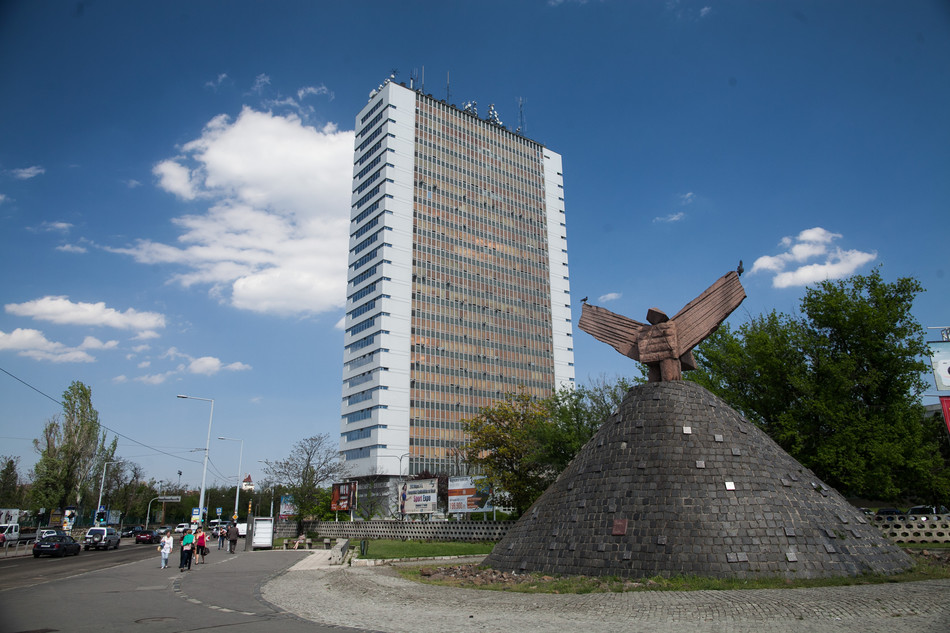Bemutatkozás
Az Egyetemen töltött diákévek mindenki számára maradandó emléket jelentenek. A diploma átvétele, az avatás búcsúpercei után mégis keveseknek marad kapcsolata az Alma Materrel. E kapcsolatot kívánja elősegíteni - a világ nagy egyetemeihez hasonlóan - az 1989. óta tevékenyen működő Baráti Kör.
A Baráti Kör tagja lehet az Egyetem minden volt hallgatója, illetve oktatója, illetve rajtuk kívül bárki, aki a Kör célkitűzéseivel egyetért, bárhol is él a nagyvilágban.

Hasznos linkek
Elérhetőségek
array (
'inst_location' =>
array (
'icon' => 'fa-map-marker',
'title' => 'Cím',
),
'inst_phone' =>
array (
'icon' => 'fa-phone',
'title' => 'Telefon',
),
'inst_fax' =>
array (
'icon' => 'fa-fax',
'title' => 'Fax',
),
'inst_email' =>
array (
'icon' => 'fa-envelope-o',
'title' => 'E-mail',
),
)
Cím
1089 Budapest, Nagyvárad tér 4. II.214.
1089 Budapest, Nagyvárad tér 4. II.214.
Telefon
+36 1 210 0280/56385
+36 1 210 0280/56385


